 I recently caught the episode of “Morning Edition” on NPR when David Green talked to editor Barrie Hardymon about her picks for this year’s National Book Award. Graphic novels aren’t usually my forte, but when Nimona (Grades 9-12, Lexile GN350) was mentioned as a finalist for the young people’s literature category, it got my attention. I think what really hooked me was when Hardymon said, “It is goofy. It is charming, but it has a real message about how we talk about women and how we talk about girls and particularly a coming-of-age message…”
I recently caught the episode of “Morning Edition” on NPR when David Green talked to editor Barrie Hardymon about her picks for this year’s National Book Award. Graphic novels aren’t usually my forte, but when Nimona (Grades 9-12, Lexile GN350) was mentioned as a finalist for the young people’s literature category, it got my attention. I think what really hooked me was when Hardymon said, “It is goofy. It is charming, but it has a real message about how we talk about women and how we talk about girls and particularly a coming-of-age message…”
I was curious; a graphic novel that raised questions about how we talk about women and girls? I decided to read this book and see for myself.
I fell in love as soon as I saw the cover: Nimona is thick, curvy, super cute and fierce! Even though she’s “super cute,” readers shouldn’t discount her innate savagery. Let’s just say she isn’t so girly that she’ll deter boy readers. Nimona is obsessed with destruction, so she seeks a job as sidekick for Ballister Blackheart “the biggest name in supervillainy!” She ends up landing the gig because she has a special talent—she’s a shapeshifter!
As they plot to expose the corrupt acts of the Institution of Law Enforcement and Heroics, we soon learn that Ballister Blackheart isn’t as much of a villain as he seems. He has rules as a professional villain. He explains to Nimona that, “You can’t just go around murdering people.” Nimona, an apparent proponent of deathly chaos, responds “What do you mean, there are rules?…Can I at least kill Sir Goldenloin?” Goldenloin is the kingdom’s official hero. Here, readers learn the background story behind how Blackheart and Goldenloin became nemeses—an event that divided the kingdom between (not so good) good and (not so evil) evil. Through the story, even Goldenloin’s allegiances are questioned, and Blackheart struggles to protect Nimona who just wants to be herself, no questions asked. These conflicts come to head in a fight of epic proportions. However, the story doesn’t wrap up neatly in the end, and readers are left wondering what’s next. 
Artwork of some of the key players in this graphic novel.
This story has incredible depth. For the classroom, consider using it to show the evolution of character and story development. From its cheerful banter in the beginning to the grave, multi-layered ending, there is much to discuss. Even the depth of the illustrations evolve over the course of the text with a gradual change to richer, warmer colors, more defined features and overall more emotion. These changes can lead to an interesting discussion about how graphic artists can convey deep emotion and character growth with such subtle changes. Students will be interested in learning how the book evolved from a webcomic to a published title of critical acclaim. This can lead to a discussion on how reading graphic novels through different mediums can lead to different experiences. Regarding character development, Nimona’s is a doozy! Comparing Nimona to other female leads in graphic novels like Delilah Dirk, El Deafo and even Raina Telgemeier in Smile and Sisters can generate conversation on the changing role of women in comics. Themes of self-identity and consequences of actions can also be explored.
Even though I might not consider myself a big fan of graphic novels in general, the complex storytelling of Nimona, and the strong and realistically drawn characters, drew me in. This is more than a story about heroes, villains and friendships. Characters grow and develop throughout the arc of the plot, revealing ulterior motives and deep emotions. This story is about growing up, and not necessarily the growth of the youngest character. The story is about lessons learned and understanding there are multiple sides to every story. And not everything is as it first appears.


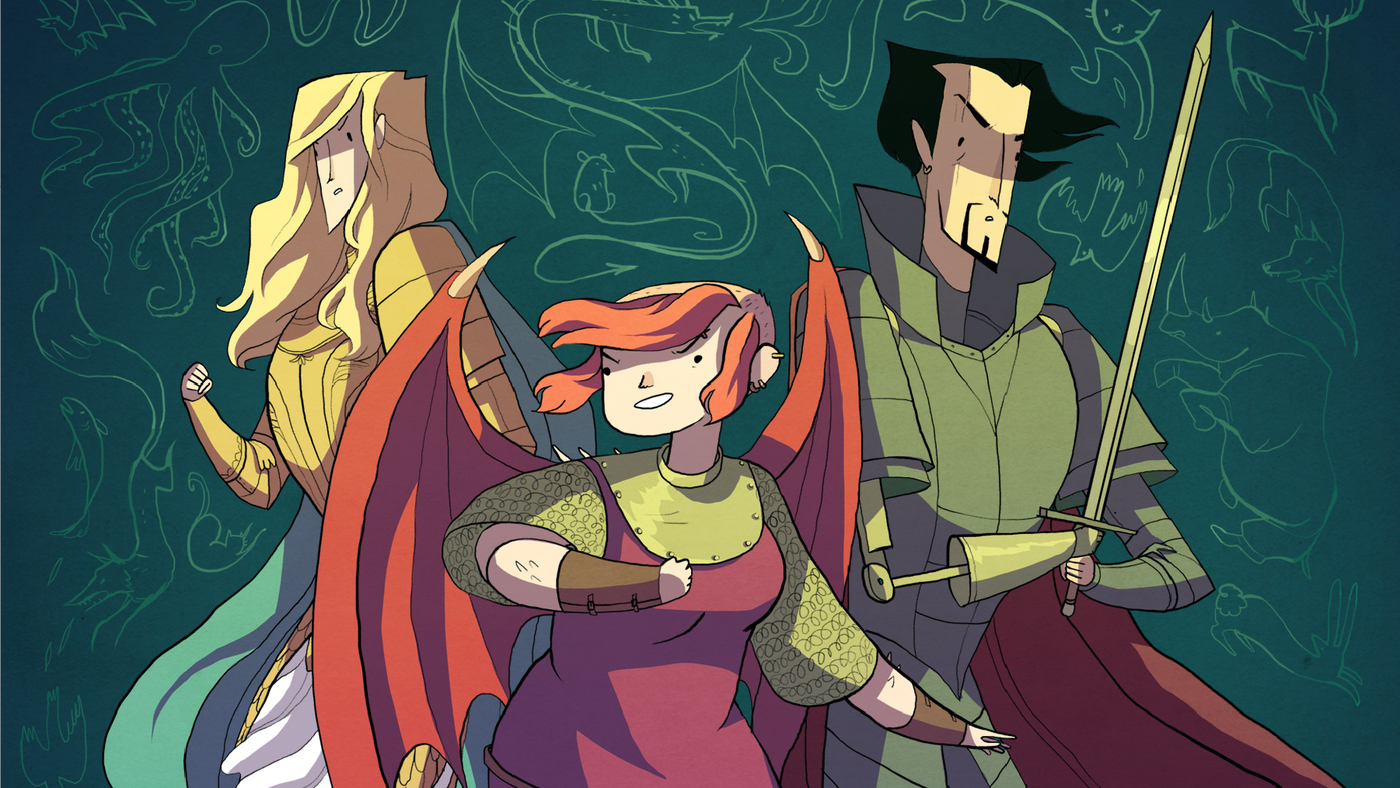

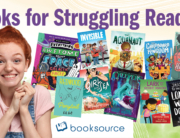
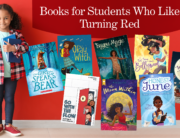
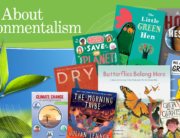
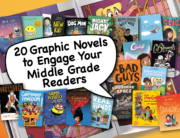
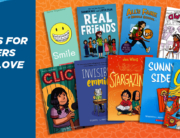
Leave A Comment